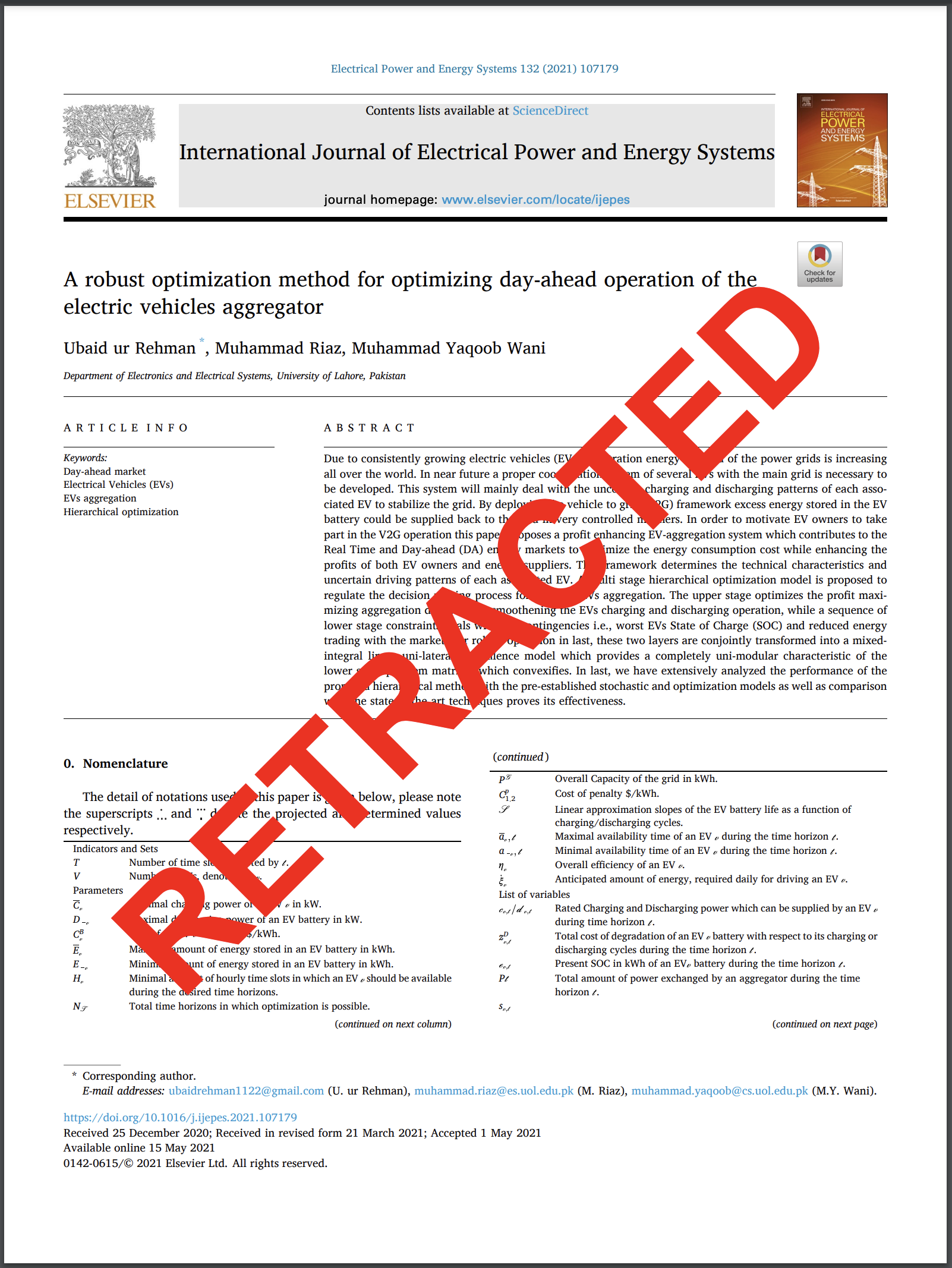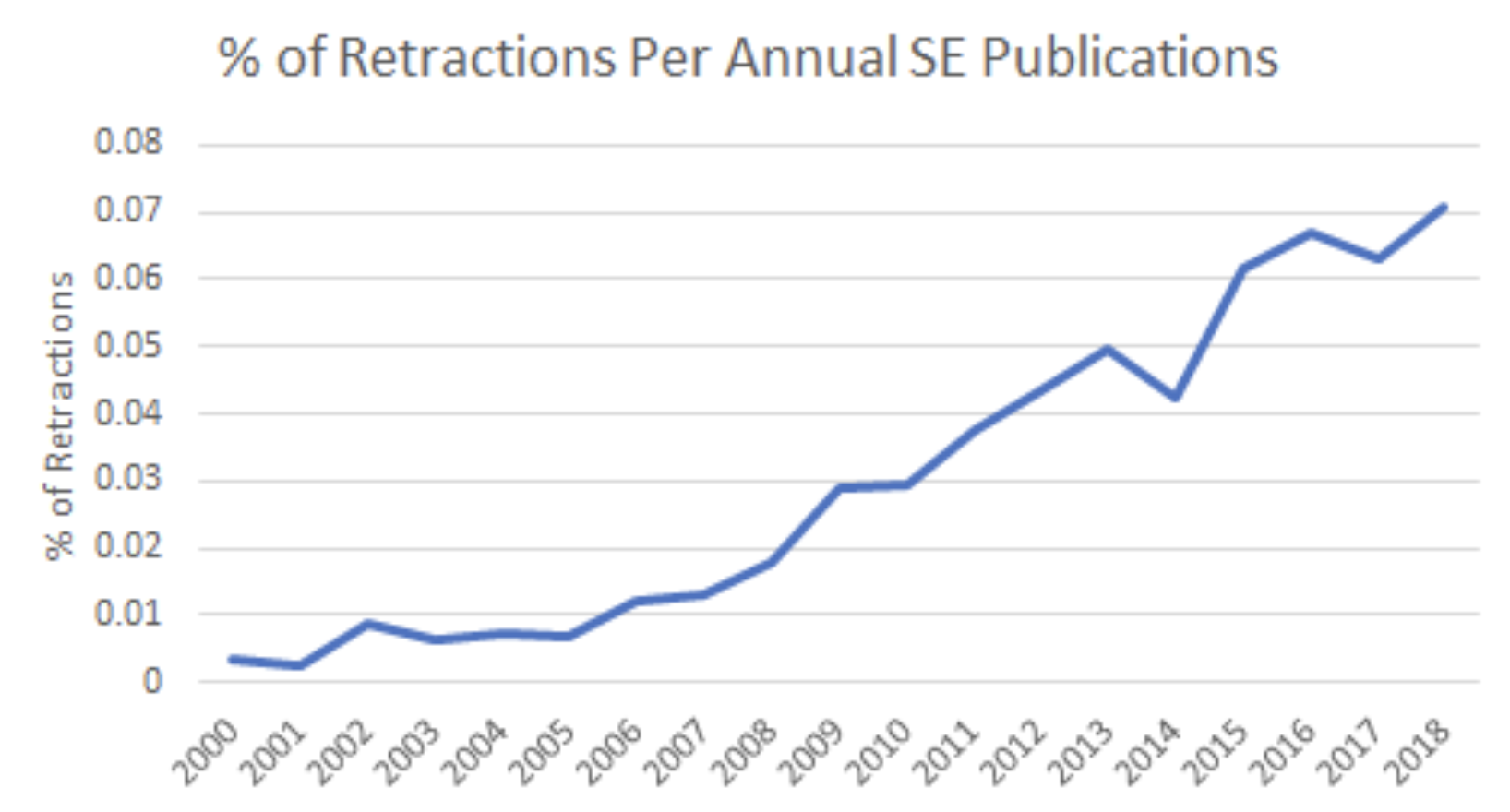Human Melody Sustained
Wednesday, December 31, 2025
Friday, November 7, 2025
Subscribe to:
Comments (Atom)
-
https://humanmelodysustained.blogspot.com/2024/11/theyre-everywhere-sort-out-all-such.html https://humanmelodysustained.blogspot.com/2024/12...
-
They're Everywhere!! || Karma/ Purge/ Sort Out All Such SSHItty SZionazi-Kabbalist-Luciferian-SSatanic-Masonic [Ugly, Crass, Misopedic...
-
Narcissistic Abuse: Examples, Signs, and Effects What is Narcissistic Abuse? The term describes a type of emotional abuse that comes from...

















